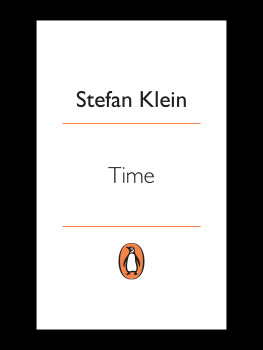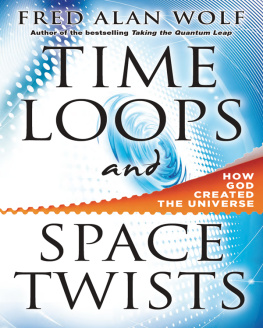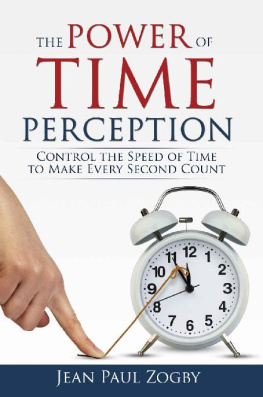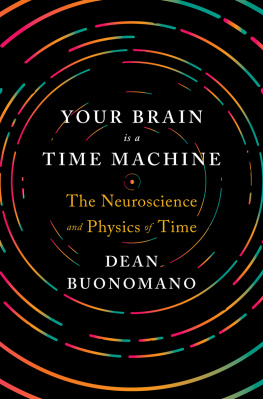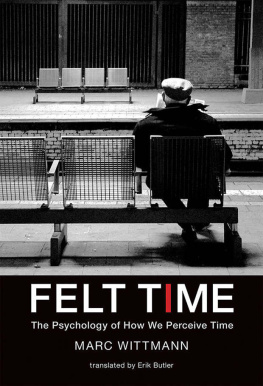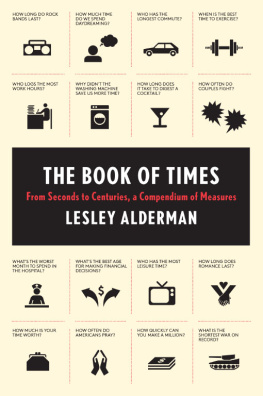Thank you for downloading this Simon & Schuster eBook.
Join our mailing list and get updates on new releases, deals, bonus content and other great books from Simon & Schuster.
C LICK H ERE T O S IGN U P
or visit us online to sign up at
eBookNews.SimonandSchuster.com
We hope you enjoyed reading this Simon & Schuster eBook.
Join our mailing list and get updates on new releases, deals, bonus content and other great books from Simon & Schuster.
C LICK H ERE T O S IGN U P
or visit us online to sign up at
eBookNews.SimonandSchuster.com
ALSO BY ALAN BURDICK
Out of Eden

Simon & Schuster
1230 Avenue of the Americas
New York, NY 10020
www.SimonandSchuster.com
Copyright 2017 by Alan Burdick
All rights reserved, including the right to reproduce this book or portions thereof in any form whatsoever. For information address Simon & Schuster Subsidiary Rights Department, 1230 Avenue of the Americas, New York, NY 10020.
First Simon & Schuster hardcover edition February 2017
SIMON & SCHUSTER and colophon are registered trademarks of Simon & Schuster, Inc.
For information about special discounts for bulk purchases, please contact Simon & Schuster Special Sales at 1-866-506-1949 or .
The Simon & Schuster Speakers Bureau can bring authors to your live event. For more information or to book an event contact the Simon & Schuster Speakers Bureau at 1-866-248-3049 or visit our website at www.simonspeakers.com.
Illustration Credits
All illustrations by Stephen Burdick Design with the exception of the following:
Courtesy of Ernst Pppel, from Mindworks: Time and Conscious Experience :
Courtesy of Museu de Arte de So Paulo Assis Chateaubriand:
Courtesy of the Trustees of the Boston Public Library/Rare Books:
Jacket design by Lauren Peters-Collaer
Frame by Shutterstock
Library of Congress Cataloging-in-Publication Data
Names: Burdick, Alan.
Title: Why time flies : a mostly scientific investigation / by Alan Burdick.
Description: New York : Simon & Schuster, [2017] | Includes bibliographical references and index.
Identifiers: LCCN 2016025791 (print) | LCCN 2016026733 (ebook) | ISBN 9781416540274 (hardcover : alk. paper) | ISBN 9781416540281 (pbk. : alk. paper) | ISBN 9781451677010 (ebook)
Subjects: LCSH: Time measurementsPopular works.
Classification: LCC QB213 .B925 2017 (print) | LCC QB213 (ebook) |
DDC 529/.2dc23
LC record available at https://lccn.loc.gov/2016025791
ISBN 978-1-4165-4027-4
ISBN 978-1-4516-7701-0 (ebook)
for Susan
I confess to you, Lord, that even today I am still ignorant of what time is; but I praise you, Lord, for the fact that I know I am making this avowal within time, and for my realization that within time I am talking about time at such length, and that I know this length itself is long only because time has been passing all the while.
St. Augustine, The Confessions
One of the girls devised a method of stamping envelopes which enabled her to work at a speed of between one hundred and one hundred and twenty envelopes per minute.... We do not know just what processes were followed in developing the method, as the girl studied it out and put it in operation while the writer was taking a vacation.
Frank Gilbreth, Motion Study: A Method for Increasing the Efficiency of the Workman
CONTENTS
FORWARD
Some nightsmore than I like, latelyI wake to the sound of the bedside clock. The room is dark, without detail, and in darkness the room expands in such a way that it seems as if I am outdoors, under an endless empty sky, yet at the same time underground, in a vast cavern. I might be falling through space. I might be dreaming. I could be dead. Only the clock moves, its tick steady, unhurried, relentless. At these moments I have the clearest and most chilling understanding that time moves in one direction only.
In the beginning, or right before that, there was no time. According to cosmologists, the universe started nearly fourteen billion years ago with a big bang and in an instant expanded to something closer to its current size, and it continues to expand faster than the speed of light. Before all that, though, there was nothing: no mass, no matter, no energy, no gravity, no motion, no change. No time.
Maybe you can imagine what that was like. I cant fathom it. My mind refuses to receive the idea and instead insists, Where did the universe come from? How does something appear from nothing? For arguments sake, Ill accept that perhaps the universe did not exist before the Big Bangbut it exploded in something, right? What was that? What was there before the beginning?
Proposing such questions, the astrophysicist Stephen Hawking has said, is like standing at the South Pole and asking which way is south: Earlier times simply would not be defined. Perhaps Hawking is trying to be reassuring. What he seems to mean is that human language has a limit. We (or at least the rest of us) reach this boundary whenever we ponder the cosmic. We imagine by analogy and metaphor: that strange and vast thing is like this smaller, more familiar thing. The universe is a cathedral, a clockworks, an egg. But the parallels ultimately diverge; only an egg is an egg. Such analogies appeal precisely because they are tangible elements of the universe. As terms, they are self-containedbut they cannot contain the container that holds them.
So it is with time. Whenever we talk about it, we do so in terms of something lesser. We find or lose time, like a set of keys; we save and spend it, like money. Time creeps, crawls, flies, flees, flows, and stands still; it is abundant or scarce; it weighs on us with palpable heft. Bells toll for a long or a short time, as if their sound could be measured with a ruler. Childhood recedes, deadlines loom. The contemporary philosophers George Lakoff and Mark Johnson have proposed a thought experiment: take a moment and try to address time strictly in its own terms, stripped of any metaphor. Youll be left empty-handed. Would time still be time for us if we could not waste or budget it? they wonder. We think not.
Begin with a word, as God did, Augustine urges the reader: You spoke and things were made. By your word you made them.
The year is 397. Augustine is forty-three, midway through his life as an overwhelmed bishop in Hippo, a North African port city of the fallen Roman Empire. He has written dozens of bookscollections of sermons, scholarly rebukes of his theological foesand now undertakes The Confessions , a strange and riveting work that will take four years to complete. In the first nine of its thirteen chapters, Augustine recounts the key details of his life from infancy (as best he can infer) to his formal embrace of Christianity, in 386, and his mothers death the following year. Along the way he accounts for his sins, among them thievery (he stole pears from a neighbors tree), sex out of wedlock, astrology, fortune-telling, superstitions, an interest in theater, and more sex. (Actually, Augustine was monogamous for most of his life, first to a longtime companion and later to a wife by arranged marriage, after which he turned chaste.)
The remaining four chapters are something else entirely: an extended meditation on, in ascending order, memory, time, eternity, and Creation. Augustine is frank about his ignorance of the divine and natural order and dogged in his pursuit of clarity. His conclusions and his introspective method would inform centuries of subsequent philosophers, from Descartes (whose cogito ergo sum I think therefore I amis a direct echo of Augustines dubito ergo sum , I doubt therefore I am) to Heidegger to Wittgenstein. He grapples with the Beginning: I will set about replying to the questioner who asks, What was God doing before he made heaven and earth? But I will not respond with that joke someone is said to have made: He is getting hell ready for people who inquisitively peer into deep matters.
Next page

